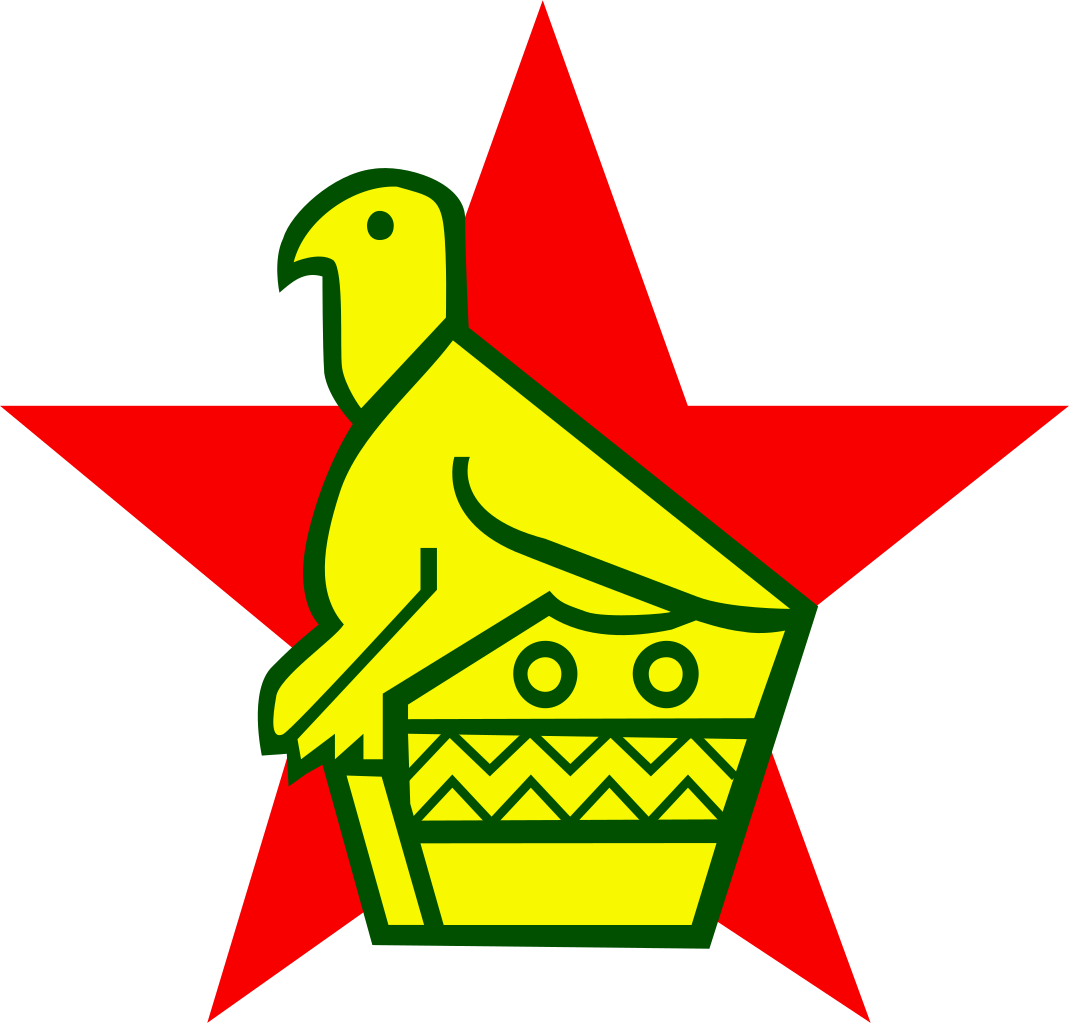In an electrolytic cell external source of voltage is used to bring about
a chemical reaction. The electrochemical processes are of great importance
in the laboratory and the chemical industry. One of the simplest electrolytic
cell consists of two copper strips dipping in an aqueous solution of
copper sulphate. If a DC voltage is applied to the two electrodes, then
Cu 2+ ions discharge at the cathode (negatively charged) and the following
reaction takes place:
Cu2+(aq) + 2e– → Cu (s)
Copper metal is deposited on the cathode. At the anode, copper is
converted into Cu2+ ions by the reaction:
Cu(s) → Cu2+(s) + 2e–
Thus copper is dissolved (oxidised) at anode and deposited
(reduced) at cathode. This is the basis for an industrial process in
which impure copper is converted into copper of high purity. The
impure copper is made an anode that dissolves on passing current
and pure copper is deposited at the cathode. Many metals like Na, Mg,
Al, etc. are produced on large scale by electrochemical reduction of
their respective cations where no suitable chemical reducing agents
are available for this purpose.




 Intelligent work!
Intelligent work!